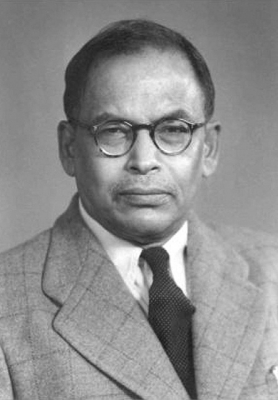What is the game of Golf?

Golf is a cross-country game played by striking a small ball with variously-shaped clubs from a series of teeing grounds into a like series of holes on a golf course. The player who holes his ball in the fewest strokes is the winner.
The game originally developed in Scotland in the 15th century and then spread all over the world from there. It is the most popular outdoor sport in the U.S. The Royal Burgess Golfing Society of Edinburgh claims to have been established in 1735.
In modern golf, a solid rubber ball is used. Its weight is 16.2 ounces. Balls used in USA have a diameter of 1.68 inches while that of Britain have a diameter of 1.62 inches. A club is used to hit the ball. There is a set of 14 different clubs for playing golf. Some of them are made of wood while others are made of iron or some other metal.
The game consists of striking the ball from a teeing ground into a hole by successive strokes in accordance with rules. The round consists of 18 holes. Standard course measures 6500 to 7000 yds (5900 to 6400m). Individual holes are separated from 100 to 600 yds (90 to 550 m). Some courses have only 9 holes. A hole measures 4-1/4 inches in diameter and at least 4 inches in depth. Some of the terms associated with the games are Bogey, Tee, Whole links, Put, Stymic, and Caddle etc.
The game is played in two ways. One is called match play and the other stroke play. In match play, one player and his opponent play at the same time while in stroke play one player has to play with all players of the opponent team. The winner in stroke play is the player who holes his ball in the fewest strokes whereas in match play the winner is the player who wins the most individual holes.
Golf is played by both men and women. In the passage of time, particularly after 1960, a set of new rules have been introduced in the method of playing this game. Some of the most major world golf titles are: The Open (1860), The US Open (1895), The US Masters (1934), The World Cup (formerly Canada Cup) (1953) etc.

























